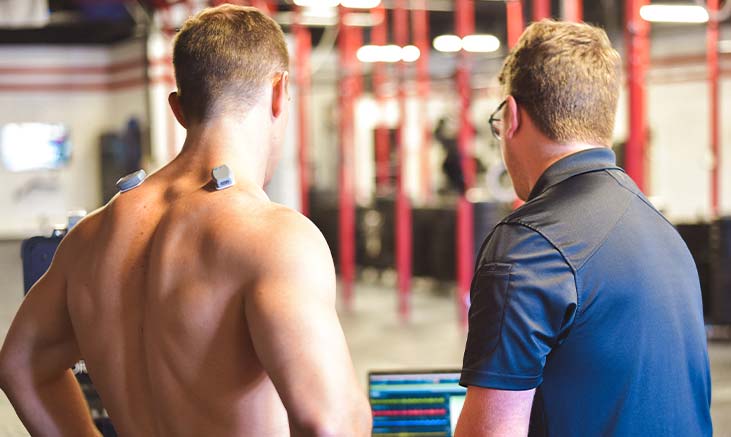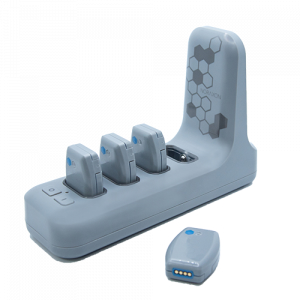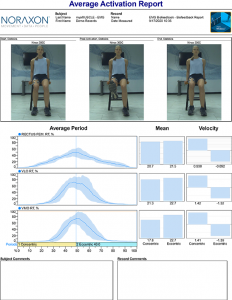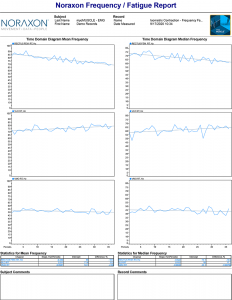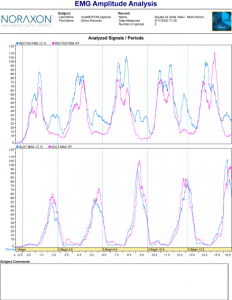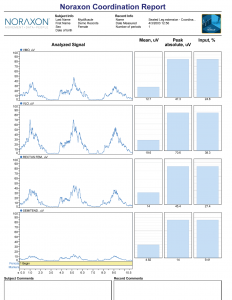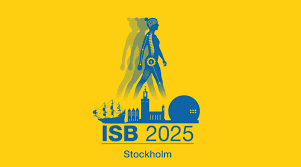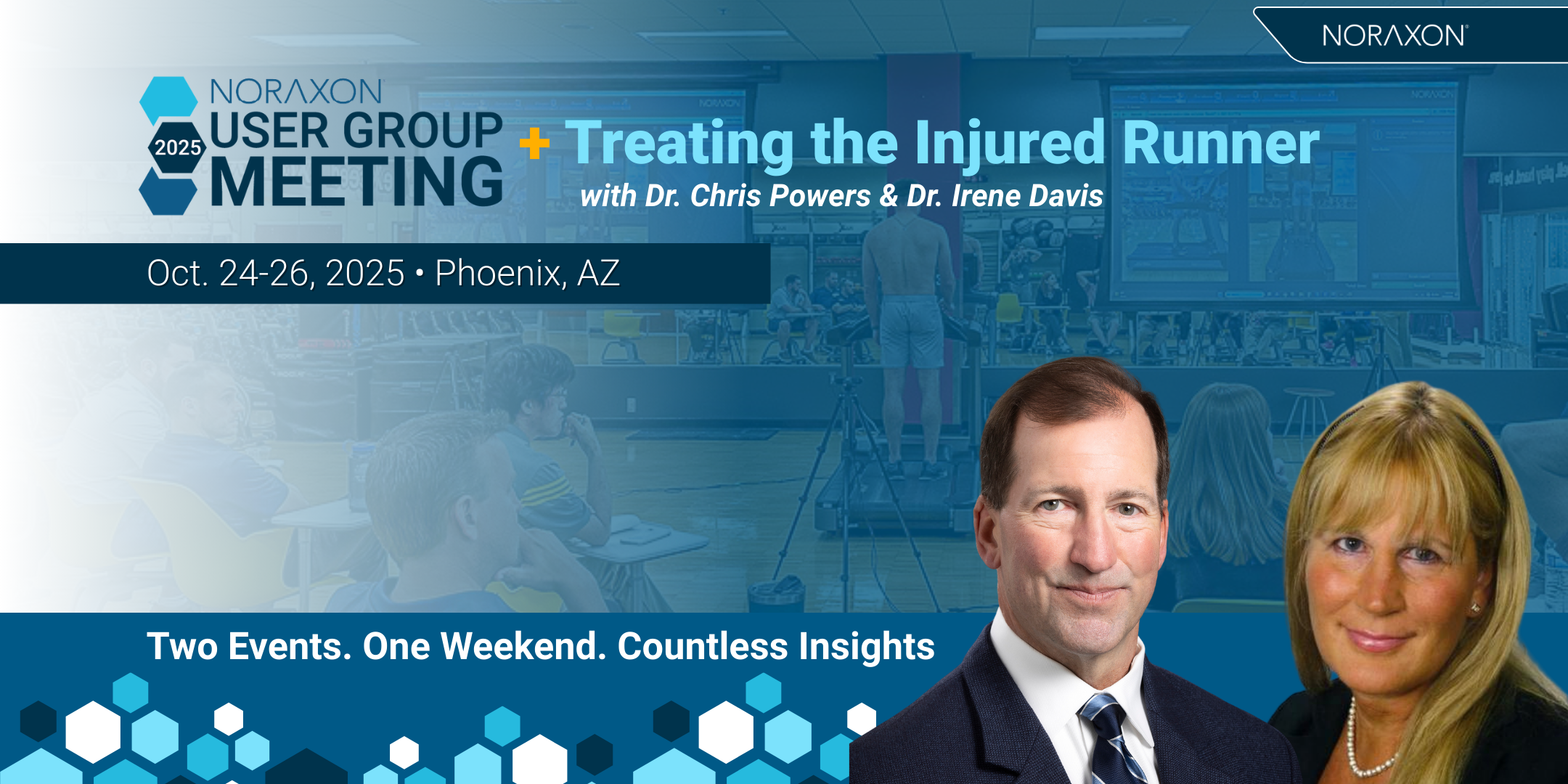Electromyography (EMG) is a technique used to evaluate and record the electrophysiological activity produced by a person’s muscles. EMG sensors are used to detect the electric current generated by muscle cells when they’re activated resulting in an electromyogram. The recorded signals can be used in real-time to help subjects “find” and train their muscles or analyzed to determine and improve muscular performance.
Electromyography (EMG) is a technique used to evaluate and record the electrophysiological activity produced by a person’s muscles. EMG sensors are used to detect the electric current generated by muscle cells when they’re activated resulting in an electromyogram. The recorded signals can be used in real-time to help subjects “find” and train their muscles or analyzed to determine and improve muscular performance.
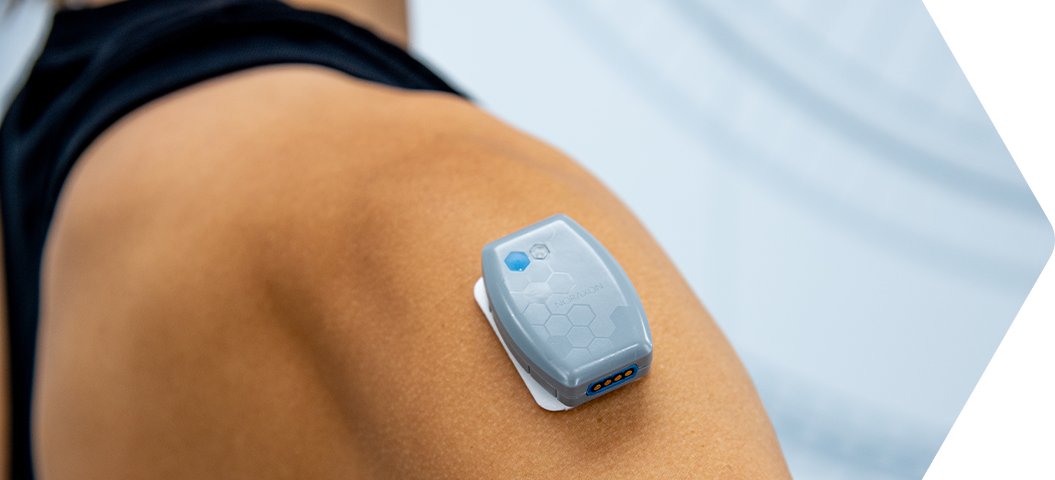
Noraxon EMG Analysis
Noraxon has specialized in producing surface EMG measurement equipment for over 30 years. Throughout that time several EMG tools have been developed and implemented into our software including a full signal processing suite, streamlined MVC calibration, configurable biofeedback protocols, multi-device synchronization, and customizable reports. Our research-grade Ultium EMG system includes specifications such as high sampling rate & resolution, low baseline noise, versatile SmartLead options, and powerful wireless communication. When coupled together, users are provided a complete system for efficient & reliable EMG measurement.
Symmetry & Coordination Tests
A quick analysis focusing on the symmetrical activation patterns between left & right muscle groups or the coordination of antagonist (muscles that produce an opposing joint torque to the agonist muscles) and agonist muscles (muscles that cause a movement to occur through their own activation) around a joint region.
Average Activation Patterns
Provide time-normalized average EMG patterns for repetitive movements (e.g. extension/flexion). Detect the typical “behavior” of EMG activation and assess the variability of each repetition for reproducibility.
EMG Amplitude Analysis
This method of EMG processing allows for the comparison of individual repetitions against one another to determine how the signal amplitudes change as the repetitions continue. The results also provide an easy way to compare cyclical activities.
Fatigue Analysis
Track and analyze fatigue-related changes in neuromuscular recruitment. Changes in the frequency (Mean & Median) and amplitude parameters (Zero Crossings & Mean Amplitude) can be used to determine the local muscle fatigue.
Suggested Hardware
Using Noraxon’s multi-device software platform, users are able to simultaneously collect multiple types of biomechanical data from various hardware devices. All of the integrated devices are automatically synchronized and the easily accessible data allows for a quick but comprehensive understanding of how the human body is moving and what the contributing factors are. Our unified software makes it easy for users to integrate a variety of recording devices to fit any budget or unique application.

